LED recessed lights, commonly known as pot lights in Canada, got its name because of their housing design, like a pot that houses all electrical equipment inside it.
They shine down directly on the surface below, so also named downlights.
These lights go into both new or remodelled ceiling, except it takes individual specifications into account before their installation.
LED recessed lighting is versatile lighting innovation as it has functional design features compatible with many ceiling designs in both new and remodelled homes.
Pot lights, as modern architects refer to it, are a schematic approach towards minimalistic design. These lights are small, but their functional features carry the depth of their utilization in any current setup. There are also grow lights which is used for plants but can be used in house as well like t5 grow lights and t8 as well.
Here are a few tips on how to integrate pot lights to furnish a home interior.
Structure of Pot lights
LED Pot lights function mainly on four basic design features:
Housing
The housing of a LED pot light is available in several configurations based on standard ceiling designs. This factors to their advanced compatibility against other fixtures. As the name suggests, the housing houses all the other equipment: a bulb, wires, and trim.
The different specifications of housing available housing are:
- IC rated,
- Non-IC rated,
- airtight,
- remodelled,
- slope and
- shallow ceiling housing
These specifications enhance their compatibility in low ceiling and period homes as well.
Trim:
When it comes to home decor, the feel of the place is a priority. Regardless of where the light is coming from, the critical factor is how the light is falling on an object to set the place’s mood. The recessed light trim contributes entirely to setting up the functional and decorative aspect of pot lights. They flush with the ceiling and help direct the light effectively through the fixture. There are a lot of recessed light trims specified for various lighting effects, which are:
Reflector trim
This trim has a reflective surface that directs the light through internal reflection and creates a diffused light in all directions.
Eyeball trim
An eyeball trim is specifically for accent lighting. It rotates like an eyeball to aim the light in any specific direction or any object.
Wall wash trim
Wall wash trim is for wall washing effect. It directs the entire beam of light on a specific wall or area.
Gimbal trim
Gimbal trim is much like eyeball trim, except it can rotate full circle and blocks a part of light towards a particular direction. Works in accent lighting.
Baffle trim
A baffle trim has a ribbed interior; it casts glare-free light. It is the most common trim design.
Other than these, there are several other trim options designated for accent or task lighting in close and tacky interiors.
LED Bulb
The bulb specified for recessed light based on its efficiency and cost-effectiveness is an LED bulb. They are bright, long-lasting, and are available in a variety of colour temperatures. Most of them are rechargeable and hence you can opt for amazon rechargeable batteries for extra life. LED bulbs can cast both cold white light or warm yellow light based on varying temperature specifications. This feature makes them highly effective in several environments where the darker ambiance is preferred, such as bedrooms.
Finishes
Recessed lights are low-profile lights as the only visible part of the fixture is a trim or the finishing, which flush against the ceiling. The finishes can blend with the ceiling surface according to the interior. The standard recessed light finishes are white, black, nickel, chrome, silver and bronze.
Conclusively, recessed lighting complements the interior subtly. They truly highlight the aesthetics and signifies a personal approach to lifestyle and design.
The fixture placement based on different rooms’ layout is the critical factor that spruce up the home design according to the taste.

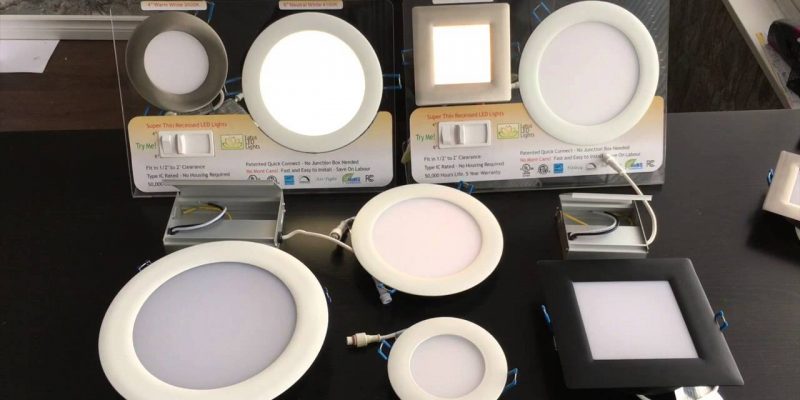
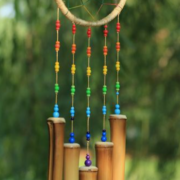



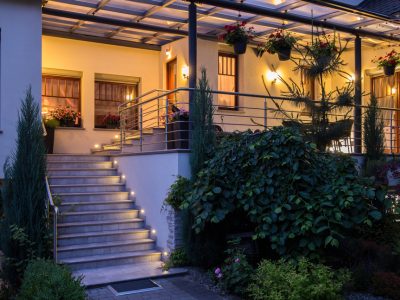

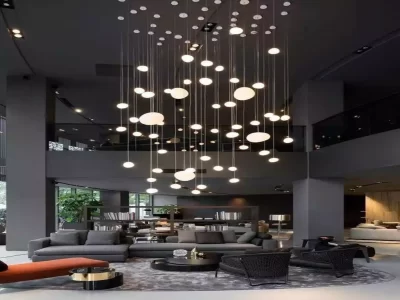
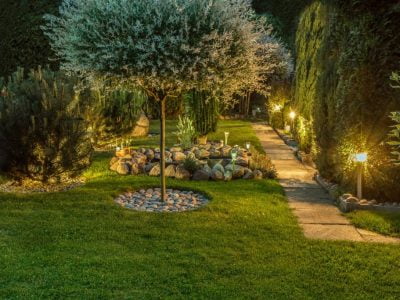
Comments